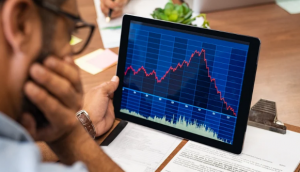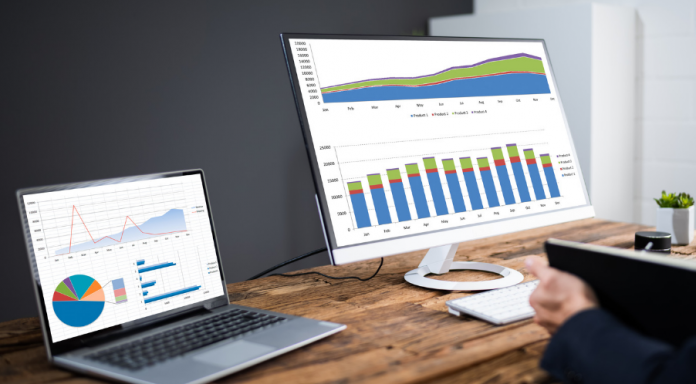People who make financial projections often have a confident tone. However, meteorologists have a tendency to seem hesitant and even contradictory about their own projections. Do you know why?
Due to two factors, financial forecasters come appear as much more certain. First, observe that no timeframe is provided. Undoubtedly, gold prices will rise at some point. And Bitcoin might fall this year, yet eventually reach $200,000 You can never confirm any of these projections if they adhere to the golden rule of financial forecasting: provide dates or figures, but never both.
There’s another reason why these financial planning and projections can seem upbeat: the person providing them might be trying to sell you something. People with a strong sense of self-assurance have a greater chance of persuading others. However, you should exercise extreme caution with prophets who want to profit from your situation.
Financial market forecasting is far more unpredictable than weather forecasting. In reality, it is quite difficult to explain market performance in the past. The U.S. stock market, as measured by the largest Wilshire 5000 index, increased by nearly 53 percent, including dividends, over the two years ending on December 31, 2021.
When examining the significant events of 2020 and 2021, we had a pandemic that did not seem to stop, growing unemployment, massive deficit spending, a widening political gap, inflation not seen in the previous four decades, and China and Russia producing tremendous uncertainty. The implication is that if we cannot even understand the past, we should be modest and hesitant when attempting to forecast the future of financial markets.
But if you want to know forecasts, for example, Etherlite price prediction for 2022-2030, you should pay attention only to authoritative and serious sources.
Here is an example of a Vanguard forecast

Vanguard forecasts that the average annual return on U.S. equities over the next decade will be only 3.3%. This projection is unique in that probabilities have been assigned to the predicted return, with a 5 percent probability that stocks and shares will gain 10 percent yearly or more and a 5 percent risk that stocks would lose 3.4 percent annually or more.
Not only are the ranges expansive, but there is also a 10% risk that the actual findings will fall outside of even these expansive ranges. The study elaborates on the dangers associated with these projections. This prognosis is far more beneficial than the exact and confident projections produced by numerous financial experts. One must comprehend both the benefits of increase in returns and the repercussions of losses over the long term.
IMPLEMENT THESE STEPS


Here are some procedures to take if you intend to depend on any economic or stock market prediction:
- Ensure that it is probabilistic rather than exact, like in keep3rv1 price prediction.
- Verify that the forecaster mentions the risks associated with the forecast and does not seem unduly confident.
- Investigate the forecaster’s past successes and failures. You may get previous forecasts by doing a quick search on the internet.
- If you are going to rely on a predictor’s forecast, you should investigate whether or not they are profitable.
- Examine your own resume. If you are convinced that it is bulletproof, you should be extremely concerned. Do a record of at least three potential negative outcomes. Then, consider what actions you might take now or in the future if one of these things goes wrong. Think more like a meteorologist than a market expert.






































